I spent my childhood in southern Chile, in the triangle formed by Río Bueno, Osorno and Valdivia. When I was born, all that fit within the tenth region. Today, for some administrative reason these cities are divided between the tenth and fourteenth regions. For most, the south of which I talk represents a natural and idyllic landscape, where lakes, rivers and volcanoes point to the end of the continent. But my memories are of astringent odors of agrochemicals and fertilizers, big barns where it was forbidden to play, animals connected to extraction machinery and the contrast of green landscapes with the methylene blue in the injured legs of the cows. In 2002 I begun to study arts at the Arcis University, which was like inhabiting an abandoned warehouse next to my colleagues, in this case, Fundición Libertad (Liberty foundry), a industry founded in 1877 where bronze valves and pumps were made for the system of public sewer, as well as trains and even a submarine.
In part, my interest in the history of the industry in Chile and Latin America is mediated by this type of memories and experiences, difficult images to avoid if you grew up in Chile during the 80s and 90s. My work consists basically in the investigation of industrial processes around landscape and chemistry. I develop research on forms of colonization and self-colonization through the introduction of tree species during the 19th century. I am looking for new forms of visual approach to nature, political history and violence against the territory, not only through the form, but also through the analysis of processes that irrevocably alter the chemical composition of the landscape.
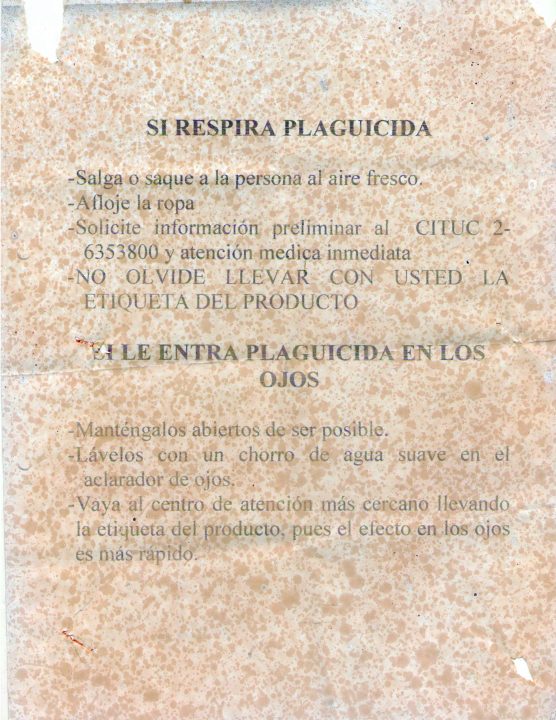
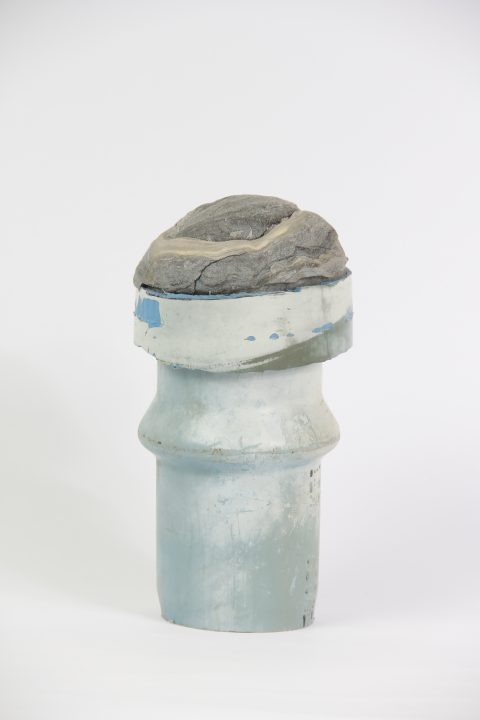
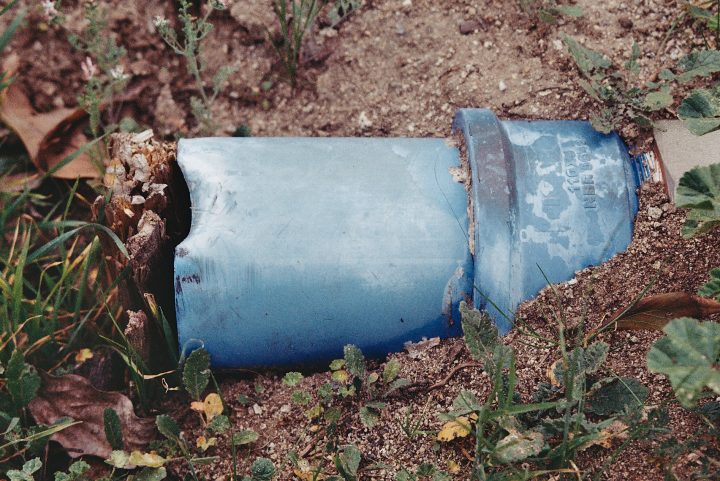
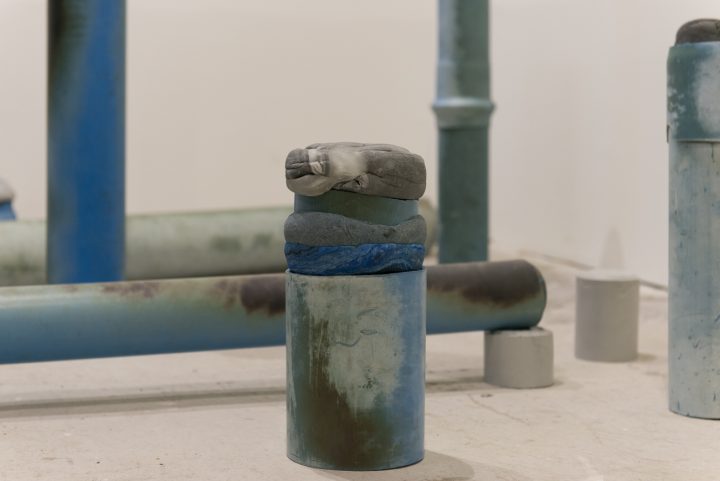
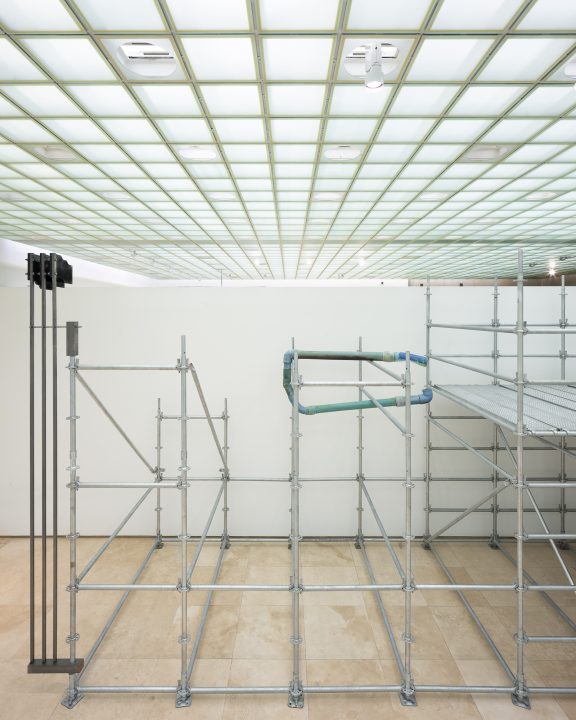
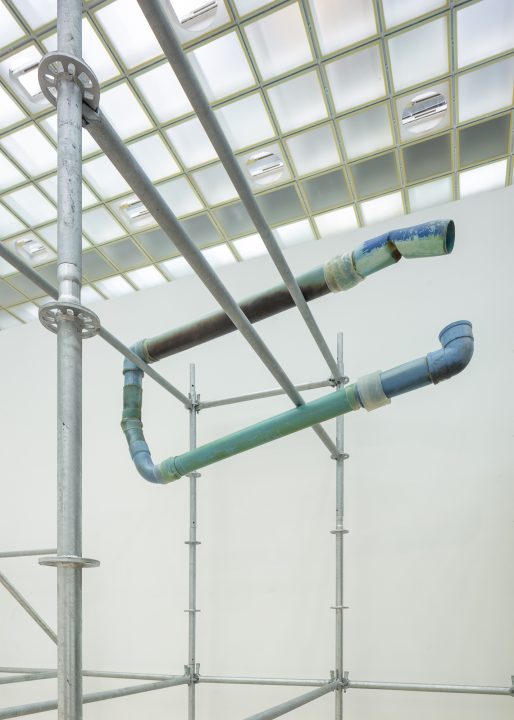
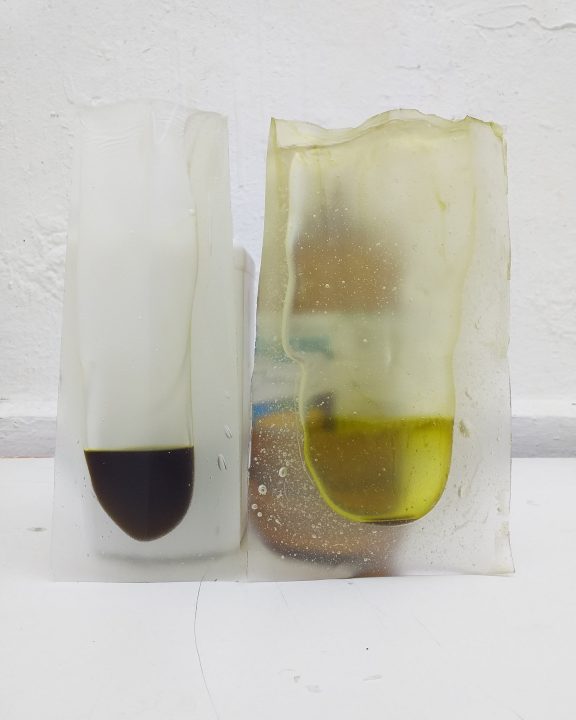
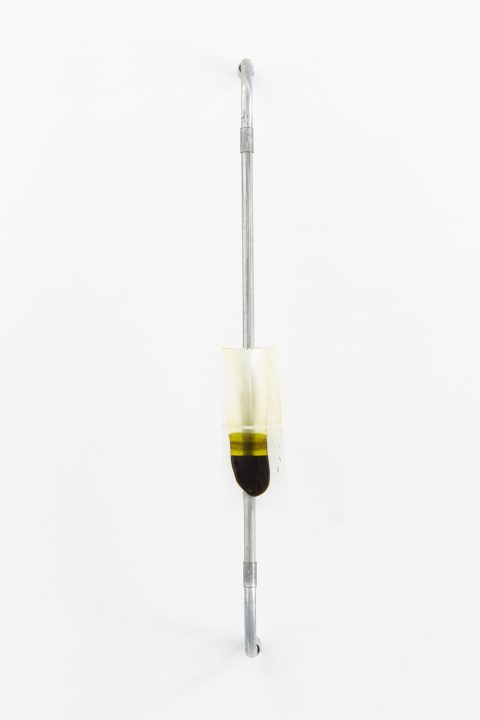
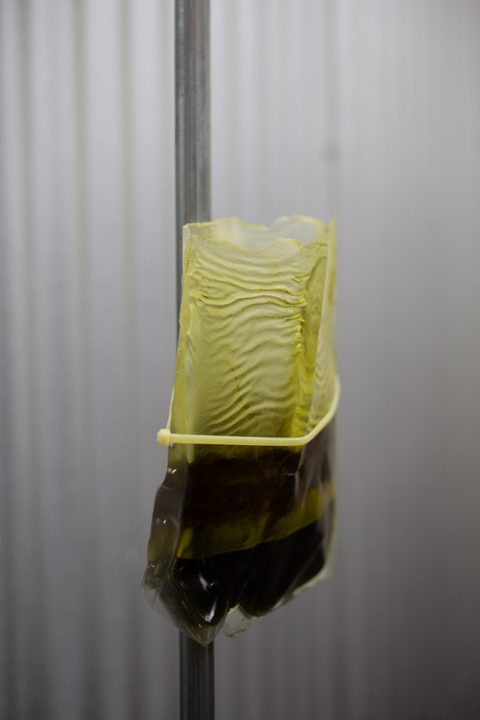
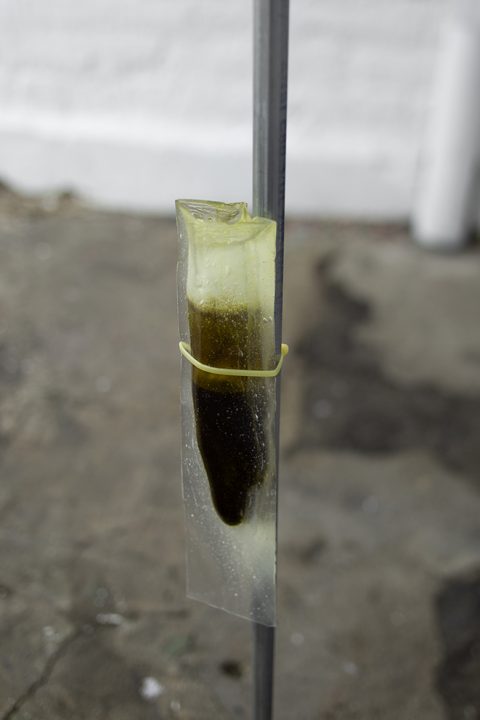
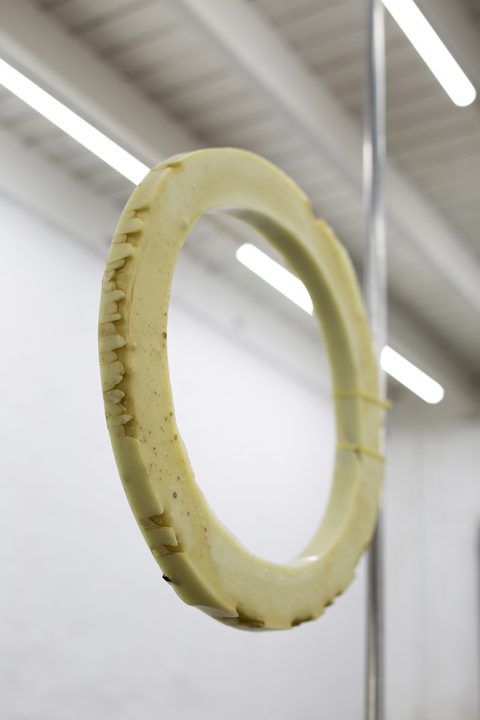
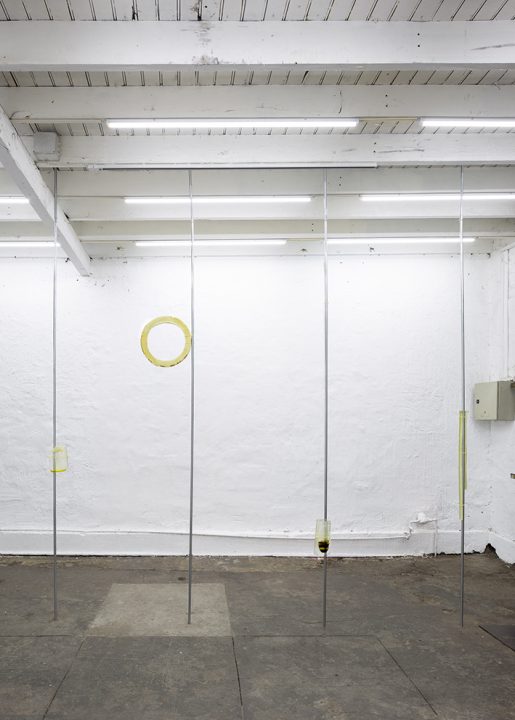
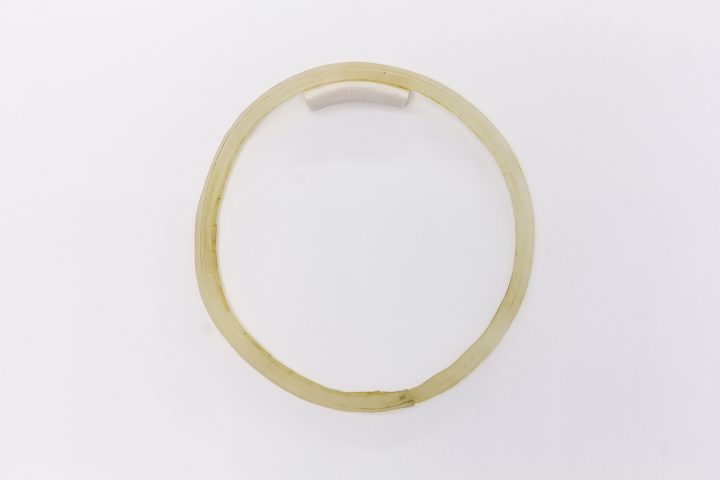
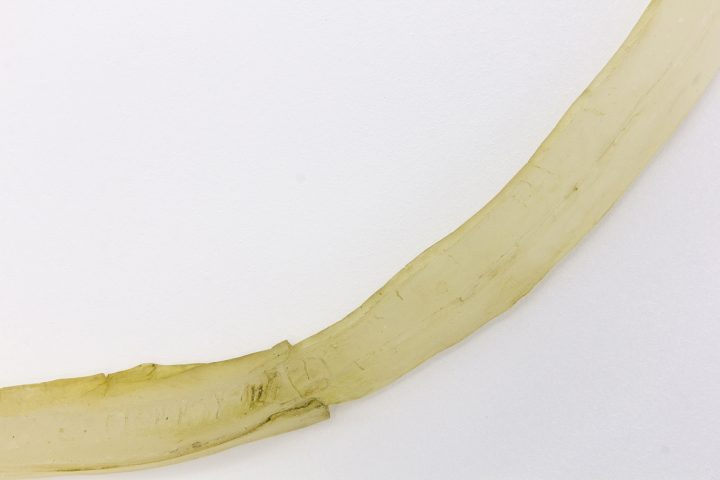

 Español
Español